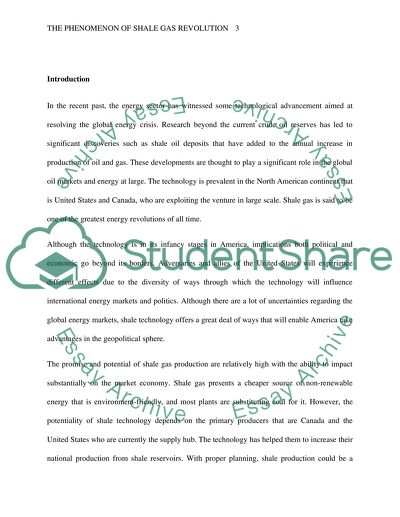Cite this document
(“Understanding the phenomenon of shale gas revolution Research Paper”, n.d.)
Understanding the phenomenon of shale gas revolution Research Paper. Retrieved from https://studentshare.org/macro-microeconomics/1686685-understanding-the-phenomenon-of-shale-gas-revolution
Understanding the phenomenon of shale gas revolution Research Paper. Retrieved from https://studentshare.org/macro-microeconomics/1686685-understanding-the-phenomenon-of-shale-gas-revolution
(Understanding the Phenomenon of Shale Gas Revolution Research Paper)
Understanding the Phenomenon of Shale Gas Revolution Research Paper. https://studentshare.org/macro-microeconomics/1686685-understanding-the-phenomenon-of-shale-gas-revolution.
Understanding the Phenomenon of Shale Gas Revolution Research Paper. https://studentshare.org/macro-microeconomics/1686685-understanding-the-phenomenon-of-shale-gas-revolution.
“Understanding the Phenomenon of Shale Gas Revolution Research Paper”, n.d. https://studentshare.org/macro-microeconomics/1686685-understanding-the-phenomenon-of-shale-gas-revolution.


